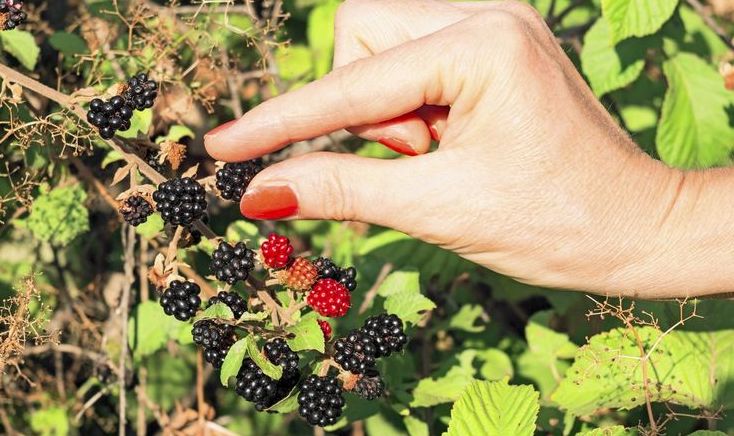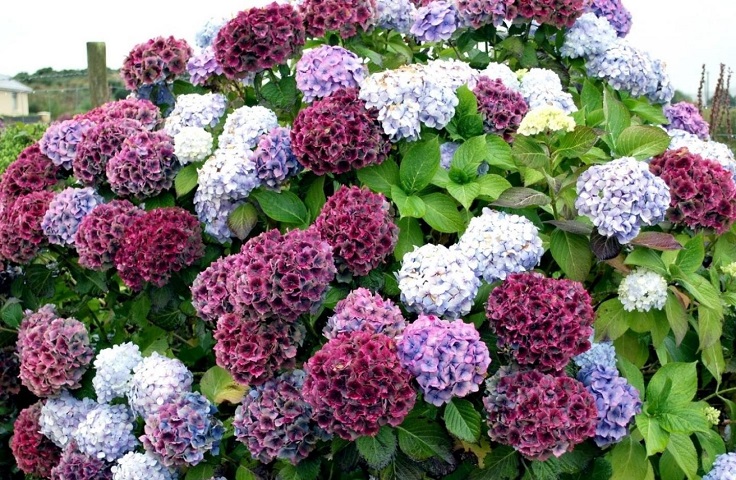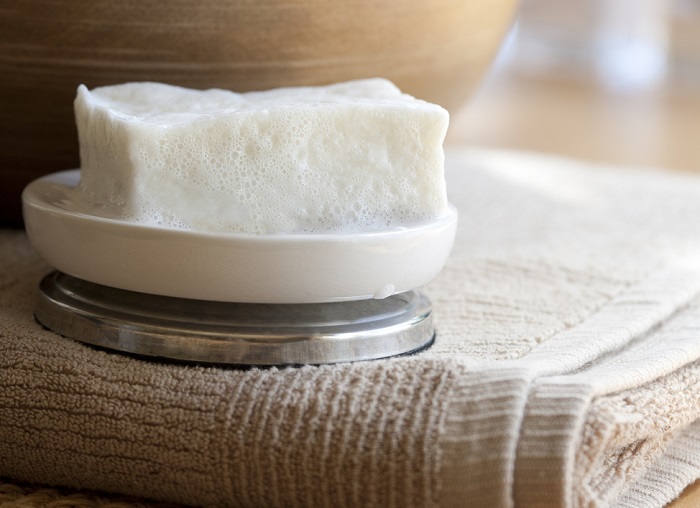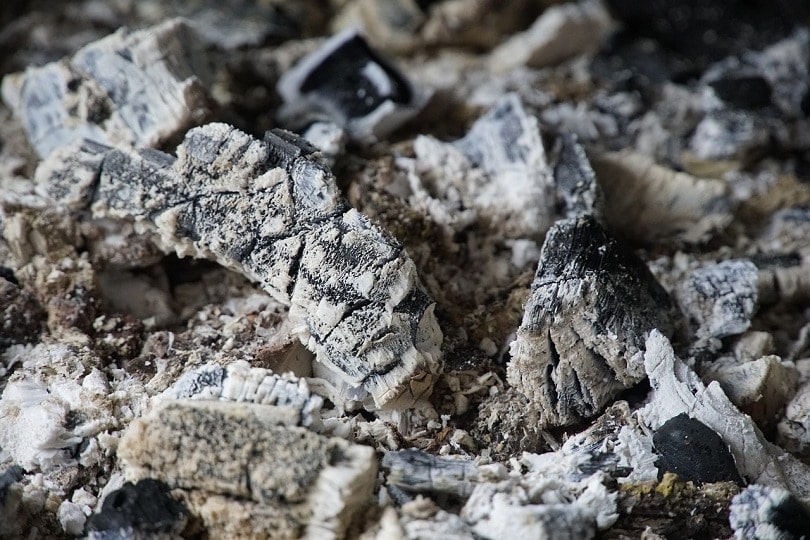Self-harvested fruit always outperforms supermarket fruit for freshness and flavor, but not everyone has the space to grow a fruit tree or melon vine. For that reason, berries are the fruit to start with for many gardeners, and none are easier to grow in your garden than blackberries. That’s right, growing blackberries may be the first thing you can start doing if you want to start a garden at home.

As native North American plants that can typically be harvested from June to August, blackberries are ready to grow in your garden with very little maintenance.
- Botanical name: Rubus Fruticosus.
- Common name: Mora.
- Plant type: evergreen shrub.
- Mature size: 1 to 1.5 meters.
- Sun exposure: plenty of sun.
- Soil type: rich and clayey.
- Soil pH: slightly acidic; 5.5 to 7.0.
- Flowering time: spring.
- Flower color: white.
- Native Area: North America, especially the Pacific Northwest.
Tips for learning how to grow blackberries in your garden.
All you need to grow summer berries for your cakes, jams and smoothies is a place with plenty of sunlight and soil nourished with compost or leaf mold for example.
Careful.
As members of the Rosaceae family, the cultivation of blackberries resembles that of rose bushes. Fortunately, blackberries are more like wild roses in their ease of care than hybrid tea roses.
Blackberries tolerate many growing conditions, but the harvest from a poorly maintained blackberry plant will be disappointing compared to the harvest from a spoiled plant.
Plenty of sunlight, regular watering, and rich, loamy soil will give plants the energy and nutrients they need to produce giant, sweet blackberries.
Light.
Places with abundant sunlight are best for productive blackberry bushes. Some shade is tolerated in the afternoon, especially in areas with hot summers.
Ground.
Careful site selection will ensure a long life for your blackberries, which generally live for about a decade with proper care.
The soil must have good drainage. An elevated position will not only aid drainage, but will also prevent late spring frosts from damaging flower buds.
Eliminate any weeds that can extract nutrients or water from your blackberries, as their shallow roots are susceptible to this competition.
Water.
Blackberries need moderate amounts of water, about 2.5 cm a week, either from rain or drip irrigation. Blackberries do not do well in moist soil.
Temperature and humidity.
Due to their shallow root systems, blackberries do not do well in areas where temperatures routinely drop below freezing.
Cold winter temperatures combined with damp spring soils can lead to plant death.
On the other hand, hot and dry winds are also unfavorable for growing blackberries and can lead to stunted and seeded fruits.
Fertilizer.
Fertilize your blackberries in the spring when the plants are coming out of dormancy, using a balanced 10-10-10 formula. Fertilize the plants again in the fall with an application of manure and compost, which will also suppress weeds and improve soil tillage.
Spread.
It is easy to propagate blackberry plants from stem cuttings. Cut a 4-inch piece from the end of the stem in late spring when temperatures are mild and rain is abundant. Plant it in the ground and keep it moist. The roots will form in two to four weeks.
Toxicity of blackberries and their leaves.
Blackberry leaves are edible and are sometimes dried to be used as an ingredient in making tea.
Pruning.
Pruning keeps blackberry plants manageable in size and improves fruit quality. Prune old branches that have previously borne fruit from top to bottom to make room for young branches.
In the spring, prune young branches down to a meter to reduce entanglement. Prune erect varieties to about a meter during the summer.
Harvest of blackberries.
Because they are highly perishable, it is important to carefully monitor the development of your ripe blackberries. Immature blackberries are green in color, then turn red before ripening to a deep, shiny black.
Blackberries do not continue to ripen after harvest, so only pick the berries after they have turned completely black. Berries last about seven days after harvest in the refrigerator.
Seed cultivation.
Blackberries are sold as dormant bare roots or as potted plants. If you have the patience to grow blackberries from seed, plant them in the ground in the fall. These require a cold dormancy period to germinate.
Common pests and diseases.
Blackberries are prone to anthracnose, gummy stem blight, and crown gall. Prevent these diseases by purchasing disease-free plant specimens from reputable nurseries and planting your blackberries away from areas with wild brambles.
Insect pests include bed bugs and screwworms. Healthy, vigorous plants are less attractive to insects.
Blackberries vs. raspberries.
Both blackberries and raspberries belong to the genus Rubus. Blackberry and raspberry plants look very similar, both with spiny branches and compound leaves with serrated edges in groups of three or five. A key difference between blackberry and raspberry fruits is the way the fruits are formed.
The small buds of the fruit, called drupes, are attached to a white core in blackberries. Raspberries, including black raspberries, form drupes with a hollow core.








